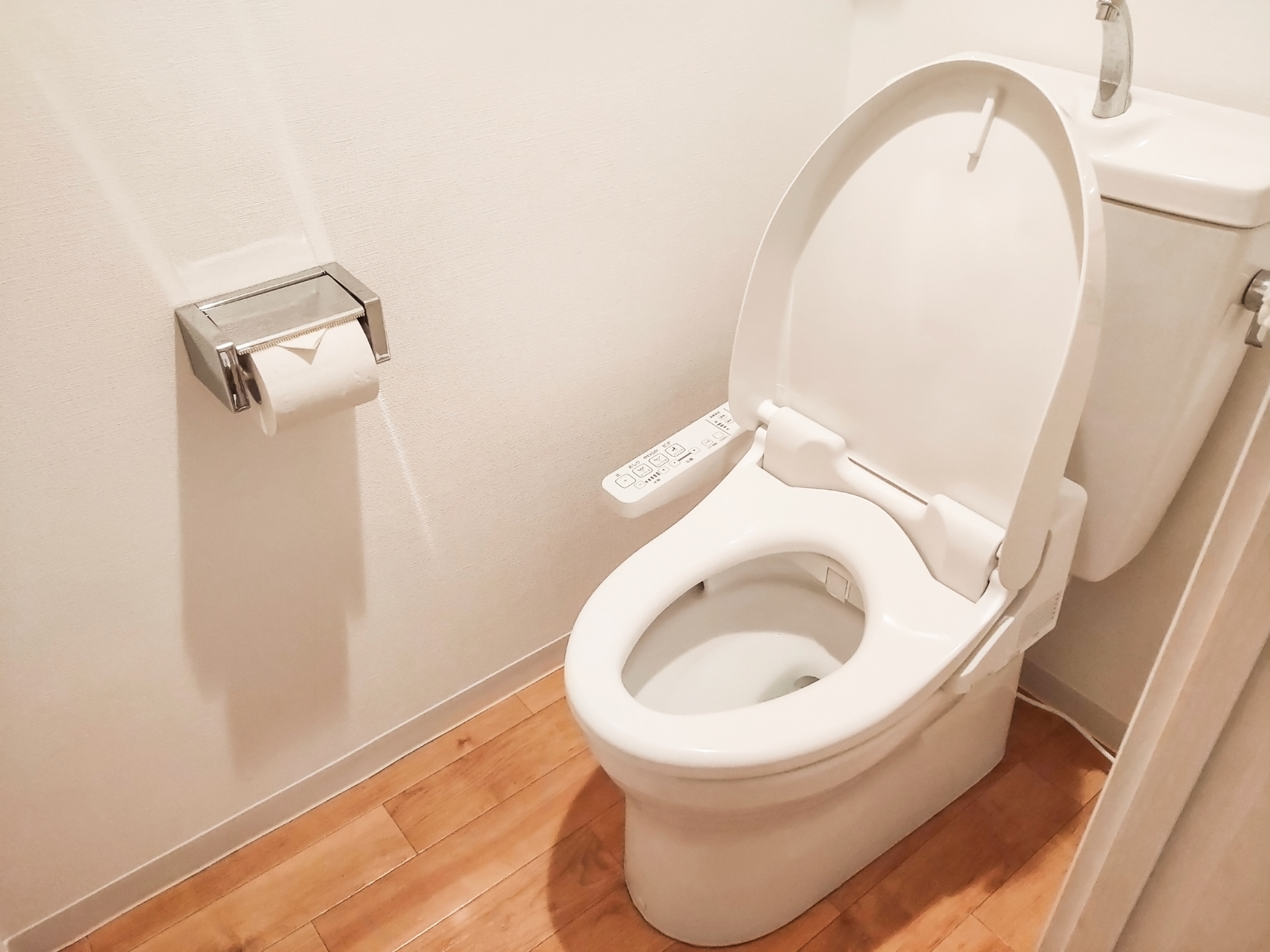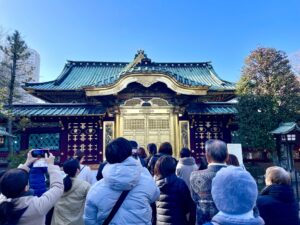Japanese toilets have garnered global attention for their innovative features and eco-conscious design. This article explores their benefits, unique features, installation tips, and why they are becoming a staple in modern homes.
The Rise of Japanese Toilets in Modern Homes
Japanese toilets are redefining bathroom experiences worldwide. These technologically advanced fixtures integrate luxury and hygiene, making them increasingly popular. Features like heated seats, bidets, and touchless operation offer unparalleled convenience. Their growing adoption stems from Japan’s cultural emphasis on cleanliness and innovation, resonating with eco-conscious and tech-savvy homeowners.
Advanced designs contribute to health and well-being while promoting environmental sustainability, making Japanese toilets a sought-after upgrade for modern bathrooms globally.
Key Features of Japanese Toilets
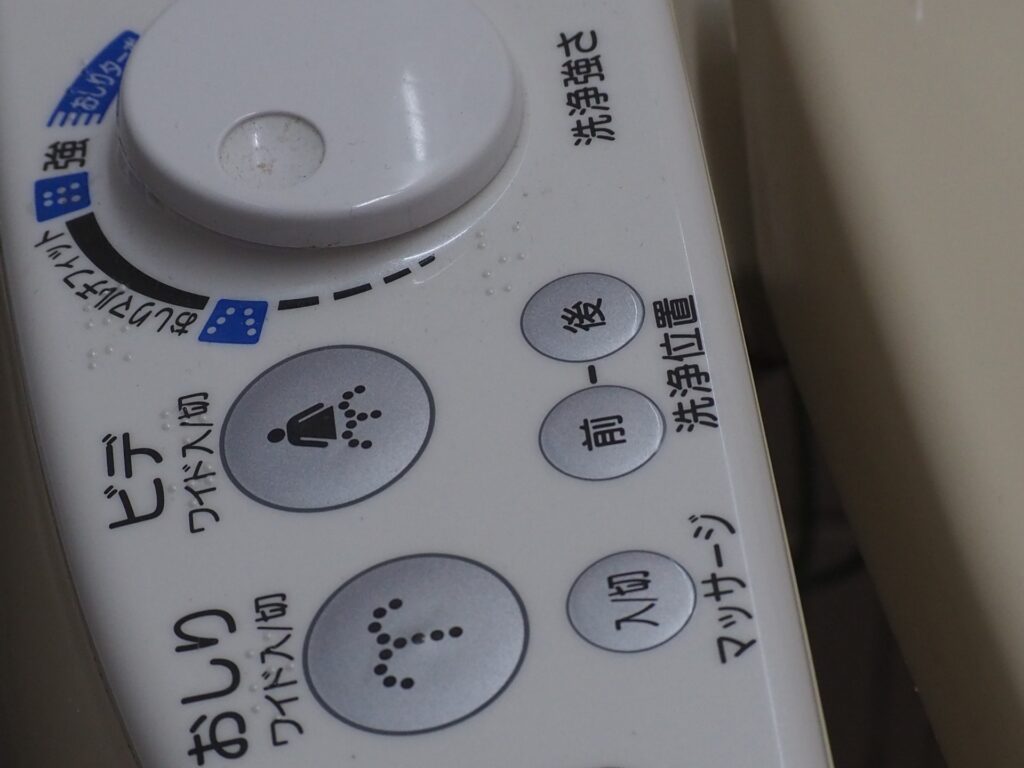
Japanese toilets stand out due to their innovative features. These include:
- Bidet Functions: Adjustable water pressure, temperature control, and position settings for personalized hygiene.
- Heated Seats: Comfort during cold weather.
- Automatic Flushing: Touchless operation for improved cleanliness.
- Deodorization: Built-in air purifiers for odor control.
- Smart Integration: Compatibility with home automation systems.
A comparison chart of leading models highlights these features, helping users make informed choices.
Luxury Meets Hygiene
Japanese toilets elevate hygiene with self-cleaning nozzles and antibacterial surfaces. Innovations like UV sterilization and touchless controls reduce contamination risks. These features ensure a clean, luxurious experience tailored for modern lifestyles.
Eco-Friendly Innovation
Japanese toilets lead in sustainability through:
- Water-Saving Flushing: Dual-flush systems reduce water usage.
- Energy Efficiency: Motion sensors and energy-saving modes lower electricity consumption.
- Recycled Water Use: Some models repurpose handwashing water for flushing.
Data shows that these features significantly cut down resource use, aligning with global eco-friendly practices.
Choosing the Right Japanese Toilet for Your Home
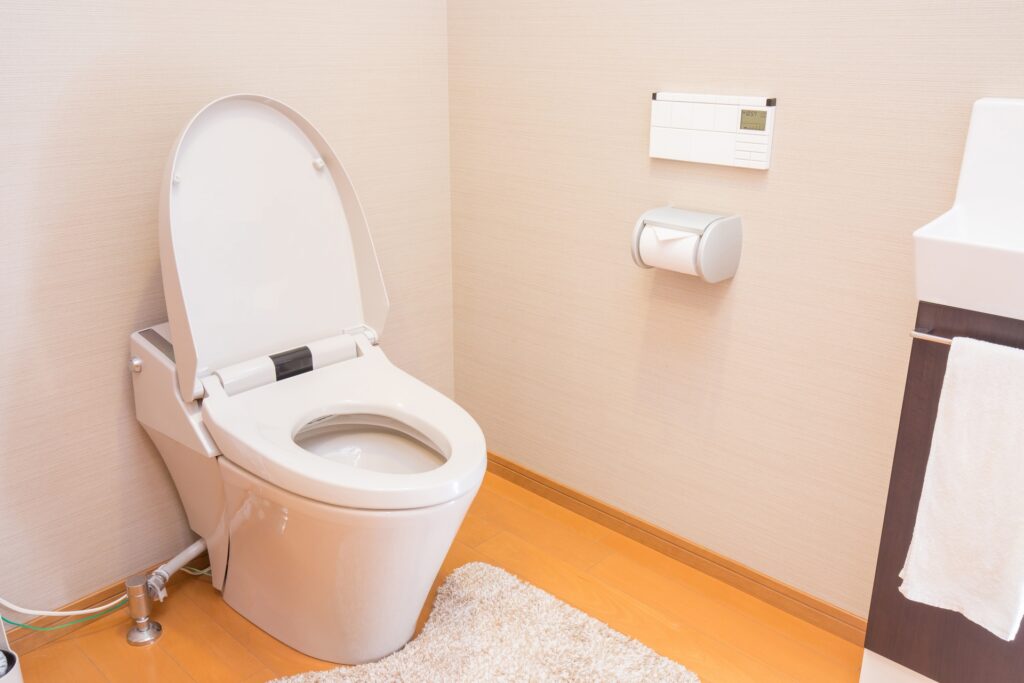
Selecting the perfect Japanese toilet involves assessing features, budget, and compatibility. Key considerations include:
- Features: Bidets, heated seats, and smart controls.
- Budget: Models range from $500 to $5,000.
- Installation: Space requirements and plumbing compatibility.
A table comparing costs, features, and top brands helps guide potential buyers.
Installation and Maintenance Tips
Installing a Japanese toilet is straightforward with the right tools and guidance. Here’s a quick overview:
- Check Compatibility: Ensure existing plumbing supports the model.
- Follow Manufacturer Guidelines: Each model may have specific requirements.
- Regular Maintenance: Clean nozzles, replace filters, and check connections periodically.
Addressing these steps ensures longevity and optimal performance.
FAQs About Japanese Toilets
What makes Japanese toilets different?
Their blend of technology, luxury, and eco-friendliness sets them apart.
Are Japanese toilets worth the cost?
Yes, for their convenience, hygiene, and long-term savings on water and electricity.
Can Japanese toilets be installed in the US?
Absolutely, with minor adjustments to plumbing if needed.
Future of Japanese Toilet Technology
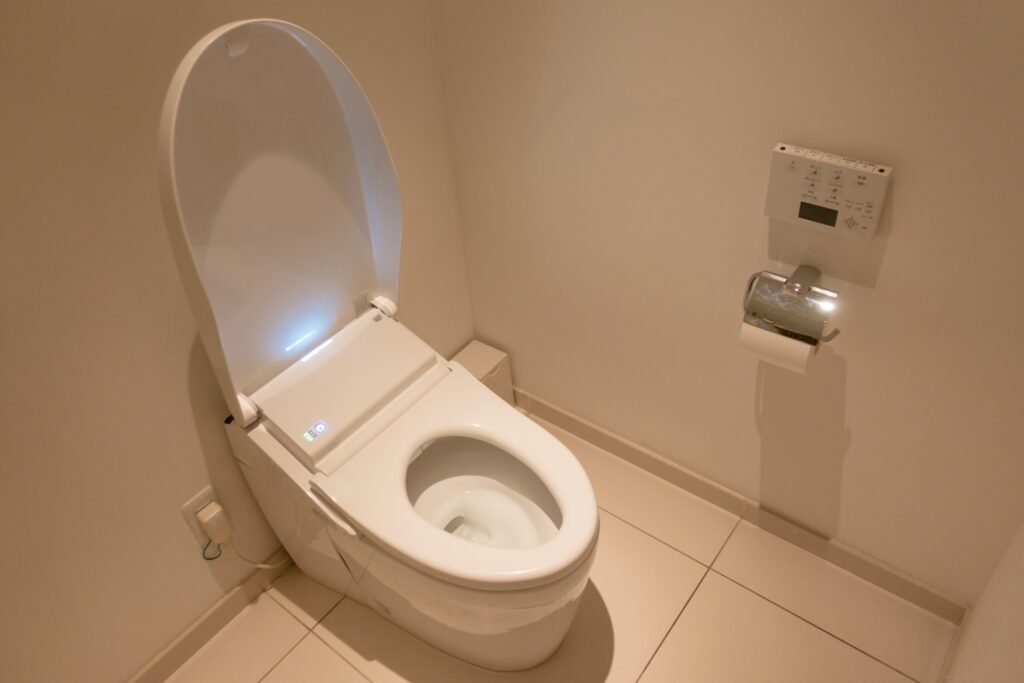
The evolution of Japanese toilets promises exciting innovations, including:
- AI Integration: Personalized settings based on user preferences.
- Enhanced Connectivity: Syncing with smart home ecosystems.
- Health Monitoring: Advanced sensors to track and report health metrics.
These advancements position Japanese toilets as essential for future smart homes.

